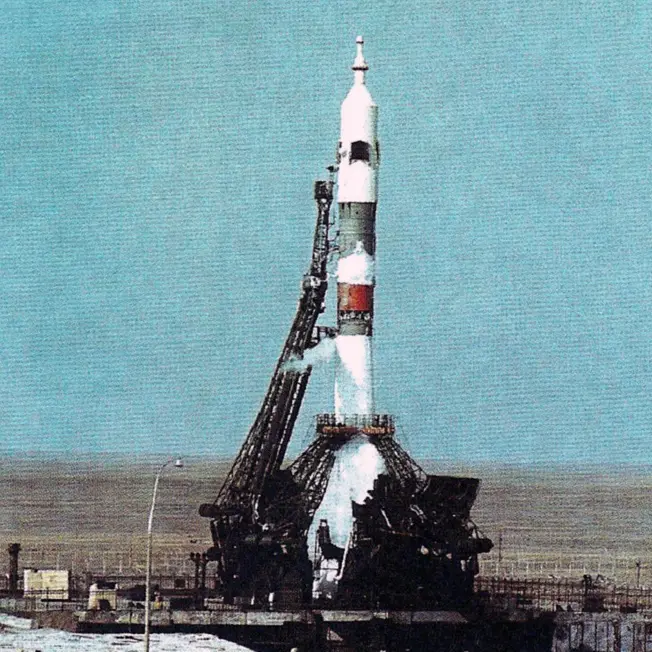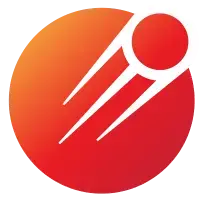Cosmos 188
Launch Success
Liftoff Time (GMT)
08:12:41
Monday October 30, 1967
Mission Details
Launch Notes
Second Soyuz uncrewed test flight after Soyuz 1 failure. First Soviet docking (with Cosmos 186).
Cosmos 188
Cosmos 186 and Cosmos 188 were two uncrewed Soviet spacecraft that incorporated a Soyuz programme descent module for landing scientific instruments and test objects. The two Soviet spacecraft made the first fully automated space docking in the history of space exploration on 30 October 1967. Mutual search, approach, mooring, and docking were automatically performed by the IGLA-system onboard Cosmos 186. After 3.5 hours of joint flight, the satellites parted on a command sent from the Earth and continued to orbit separately. Officially, both made a soft landing in a predetermined region of the Soviet Union — Cosmos 186 on 31 October 1967 and Cosmos 188 on 2 November 1967. But according to Boris Chertok, "one of the vehicles was destroyed by the emergency destruction system". This is Soyuz's 5th flight. The Soyuz is a Soviet crewed spaceship, developed to made manned lunar missions. This version called 7K will fly 4 times on the giant launcher N1, and several tens of times on Proton to fly over the Moon, which will be successful during the mission Zond 4. Soyuz will become the first spacecraft to transport living beings to the Moon during the flight of Zond 5, with two turtles. Subsequently, it is adapted to low orbit and will fly on the Soyuz launcher to serve the Salyut and Mir stations and the ISS.
Low Earth Orbit
1 Payload
6,000 kilograms
Launch Site
Stats
Soyuz
6th
Mission
4th
Mission of 1967
OKB-1
282nd
Mission
63rd
Mission of 1967
1967
118th
Orbital launch attempt

